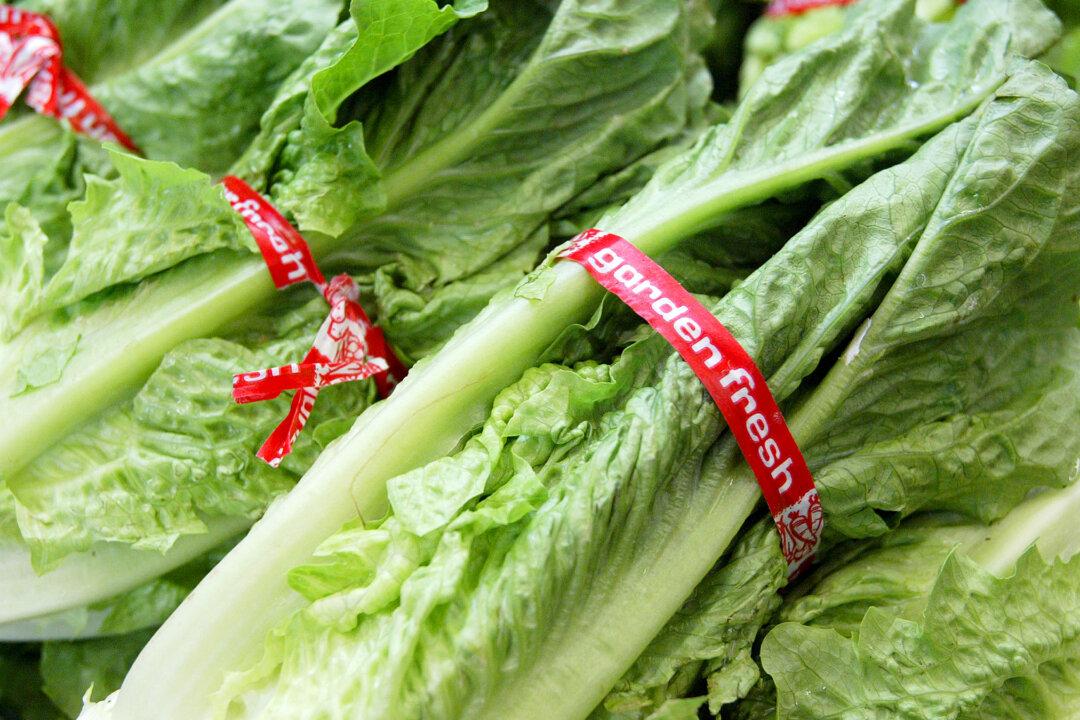The Centers for Disease Control and Prevention (CDC) confirmed the source of the recent E. coli outbreak of romaine lettuce on Tuesday, Nov. 26.
“Based on new information, CDC is narrowing its warning to consumers. CDC is advising that U.S. consumers not eat and retailers and restaurants not to serve or sell any romaine lettuce harvested from the Central Coastal growing regions of northern and central California,” according to the CDC in a food safety alert.





